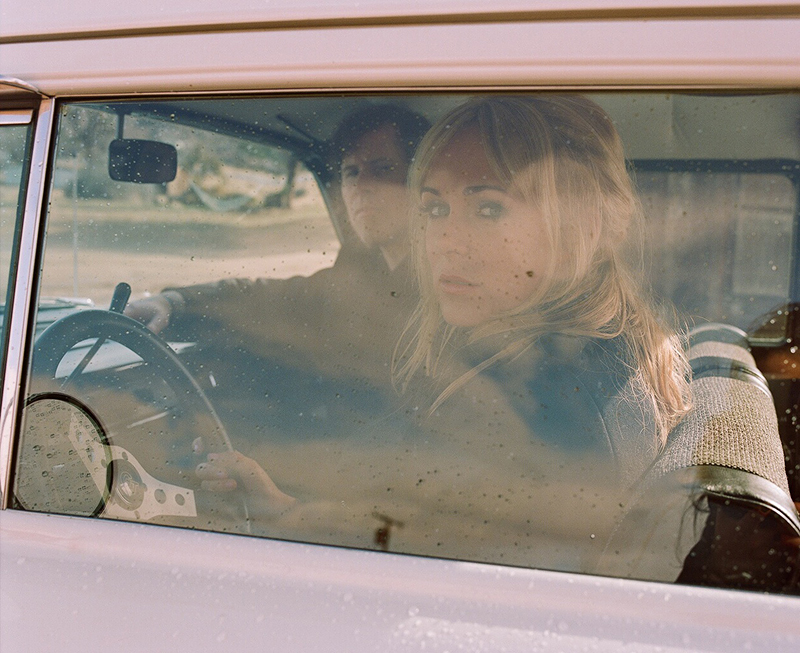Noted rock critic Ira Robbins — founder of Trouser Press (and, full disclosure, a friend and former boss of mine) — has posted an interesting, thought-provoking review (skewering, actually) of the new Dylan bio-pic I’m Not There in the forum of the Trouser Press website. Here ’tis in its entirety:I’m Not There is an unmitigated disaster and the absolute nadir of the rock bio pic form. It worsens the lazy cliche of re-creating mythic moments by stripping them of factual reliability and randomly sprinkling them throughout six fictionalized settings that do nothing to illuminate the subject. Essentially, what Todd Haynes has done — in furtherance of the same high-handed solipsisitic tinkering with rock lore that began with his homoerotic fancy on the glam era, Velvet Goldmine — is to Rutlize the Dylan legend, only without the song pastiches, the cleverness or, ahem, the trousers. It’s a mind-numbingly long and convoluted parfait of inanity in which, to borrow a phrase, nothing is revealed. Neither good history nor thoughtful commentary, the film is a two-hour doodle by someone who likes the idea of Dylan a whole lot more than the music. Churlish though it might seem to say it, the lonely harmonica solo from “Mr. Tambourine Man” that ends the film says a whole lot more about who Bob Dylan was or is than anything else in the film.The notion of dividing Dylan into six characters played by different actors is not bad on paper, but that’s where the logic of this project ends. Armed with that conceit, Haynes has plundered the rich vat of Dylan documentary and plucked out scenes and moments with which he marbles their interwoven stories. (Well, it’s one way to get past the tricky rights problems that would face a documentarian wanting to edit together Eat the Document, Don’t Look Back, Dylan at Newport and the Scorsese film. There’s even random bits quoted from Dylan’s autobiography.) Interacting with the Dylan stand-ins (none of whom are called Dylan) are either real people (like Woody Guthrie, Bobby Seale and Allen Ginsberg, who is played reasonably well by the usually unbearable David Cross), real people given fictional names (Julianne Moore plays “Alice Fabian” — essentially Joan Baez with all her flaws amplified; Peter Friedman seems to have confused Albert Grossman with Melvin Belli in Gimme Shelter), completely made-up characters (the French painter wife for one of the Bobs, played by Charlotte Ganinsbourg, is made to inhabit the real-life roles of both Suze Rotolo and Sarah Lowndes) and loose stand-ins for real people (Michelle Williams does an embarrassing turn as “Coco Rivington,” a stylish society bimbo along the lines of Edie Sedgwick; that’s some seriously uninspired casting.)Beyond the spectacles of Christian Bale (please go away!), Heath Ledger and the novelty of adolescent Marcus Carl Franklin as a self-invented hobo folksinger named Woody, Richard Gere spearheads a worthless and inexplicable section that extends the film to 135 exhausting minutes. Cate Blanchett as 1965 Dylan, who plays the role with feline femininity that makes no point or sense (John Cooper Clarke kept coming to mind as a better bet), gets all the best lines, sparring at length with a British reporter over sincerity and purpose, but it’s all too much, and the impossibility of recalling where the gibberish Dylan actually spouted at the time is augmented by gibberish made up by the screenwriter leaves it a worthless exercise, a shaggy dog buildup to an inane and obvious visualization of “Ballad of a Thin Man” that somehow leads briefly to the Black Panther Party. If Dylan is a real person, then whether or not what he was saying made sense, or had any personal truth to it, is a matter worth considering. If he didn’t really say these things, then who cares whether or not he’s called on, or able, to resolve the contradictions in his skittish self-defense. Like Pete Townshend, the young Dylan was adamant in his pronouncements when he made them, and just as adamant when he contradicted them.In terms of facts, the film wants it both ways. There’s no representation that any of this actually happened to anybody, but since the audience knows that some of it did, where the truth lies is anybody’s guess. So the canard about Pete Seeger trying to cut the power lines at Newport is recreated, as is the “Judas” catcall and the motorcycle crash. But to my knowledge Dylan never worked as a preacher in a California mission, or frolicked in a mock scene from A Hard Day’s Night with the Beatles. But who knows? It’s not history, it’s a pastiche of fictions borrowed from reality. In the end, the film is only an impediment to the music, another amateur Dylanologist spewing absurd theories into the night. The only thing that rings true here is the music, and no one needs to endure this nonsense to appreciate that.
More Stories From This Author
Capitol Hill Block Party Artist Panel Series 2019
The Capitol Hill Block Party Artist Panel Series 2019 is free (no festival wristband required), all-ages, and takes place from…
By
Seattle Weekly • July 9, 2019 11:10 am
Golden Idols will release new EP
Seattle quartet returns with ‘Uneasy’
By
Seattle Weekly • June 24, 2019 5:30 pm
Travis Thompson, Wolf Parade headline Fisherman’s Village fest
The Everett Music Initiative festival, May 16-18 in Everett, will showcase more than 50 acts.
By
Evan Thompson • March 18, 2019 12:00 pm







